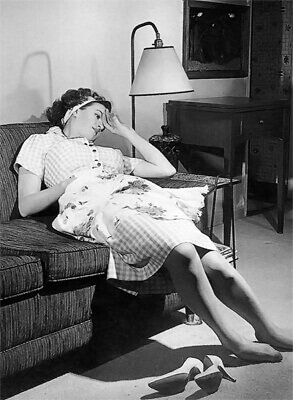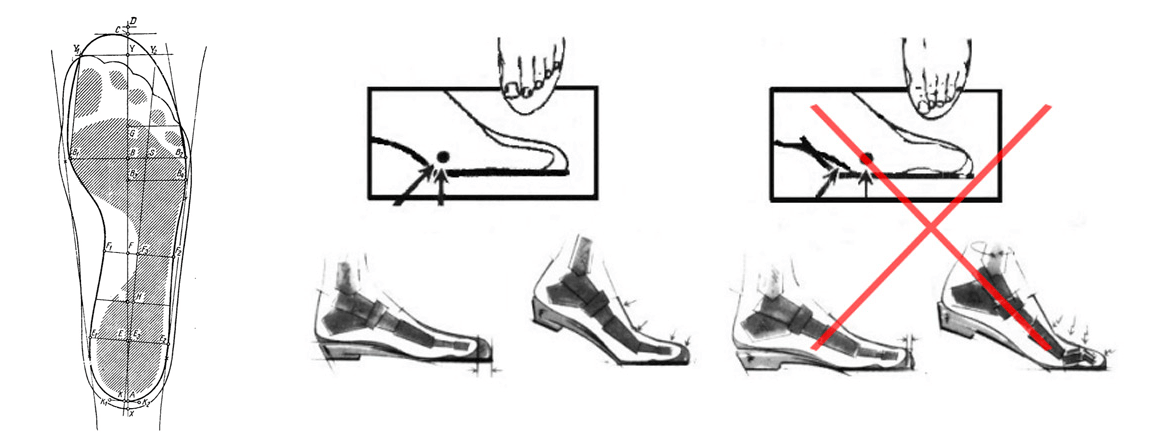How to properly fit shoes
Size is the most important parameter of shoes, because no matter how much you like the model or the coloring, if the size is chosen incorrectly, the new pair will not bring joy.
If you are faced with the fact that the shoes after a while starts to cause pain, and the feet at the end of the day are poured lead, then this article is for you. But about everything in order.
Initially, all shoes were sewn along the foot of the future owner and therefore was the lot of rich people. The first dimensional system appeared in England during the reign of King Edward II. In 1324, he signed a royal decree, which prescribed the use of barley as a measure of the size of shoes, he established that three barley is actually the equivalent of an inch. Since then, in England, the size of shoes is derived from the length of barley grains.
For example, the size of 39 grains corresponded to the 13 size of shoes and was the average size of shoes for English men. In Europe, the Stechmass system became popular, in which the length of the insole was measured in Stechs (1 Stech = 2/3 cm), and in the Asian countries - metric.
But whatever system you use to size, it's important to remember the following:
The length of the shoes along the long insole (the length of the inner space of the shoe) must be at least 10 mm longer than the length of the foot, a smaller allowance of up to 5 mm (0,19 inch) is allowed, only for soft footwear (for example, moccasins or topsiders). Otherwise, at each step of the fingers will experience a shock load from a hard toe cap, since at the time of stop step bends and thereby temporarily lengthened to 10 mm (0,39 inch).
The width of the foot and the volume of beams (the widest part of the foot) should be only slightly narrower than pads, which shoes are made on, so that it is well fixed on the foot and clung to it. It will not allow the foot to slide in the shoe and abut the toe.
The parameters of direct and oblique lifting are important for closed shoes (chelse, oxford, boots, etc.), where the construction does not allow you to adjust for lifting (such as in sneakers on laces).
For shoes with a higher heel, there are a number of additional parameters, but about them, some other time.
What to do, you ask?
To start, at home, before you go to the store, take metric measurements with our instructions. When ordering from us, you can send us the measurements for analysis. We will choose the size according to your parameters.
If you decide to buy ready-made shoes in the store, you can see the table of correspondence of sizes on the manufacturer's website.
Here are the international correspondence tables, although not all manufacturers follow them.
Next, do not hesitate to walk around in shoes for at least 10-15 minutes and it's best to try on shoes in the evening when your feet are a little swollen.
Check it:
- forward allowance of 10 mm (0.39 inch);
- whether the shoes are sitting tightly in the bunches, the shoes should sit tightly, but do not squash the foot;
- classic shoes usually imply a more dense fit, sports shoes should sit more freely.
Remember, the shoes can stretch or slightly shrink in width, but the length of the shoes does not stretch, as it is restrained by a hard toehold and a back!






